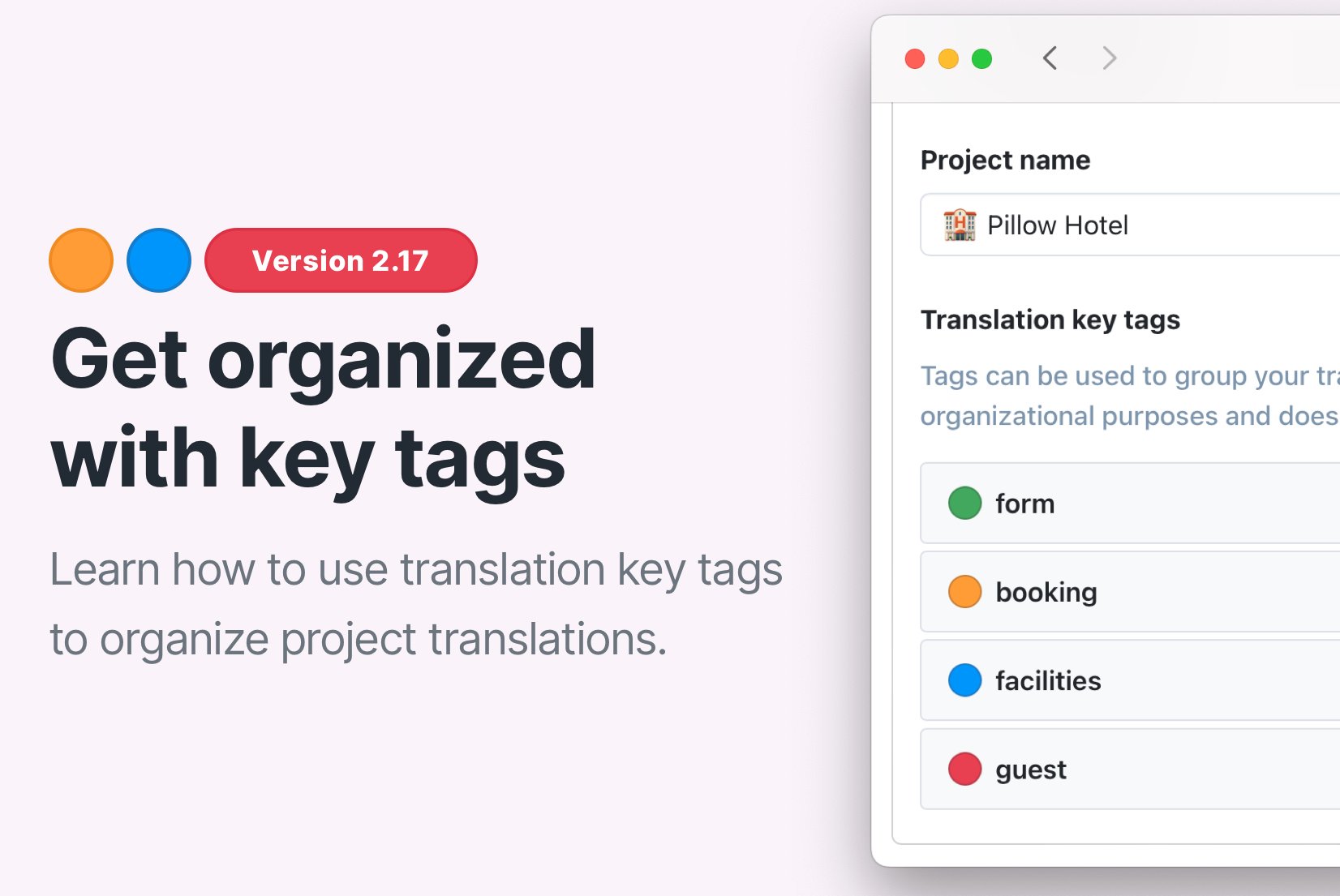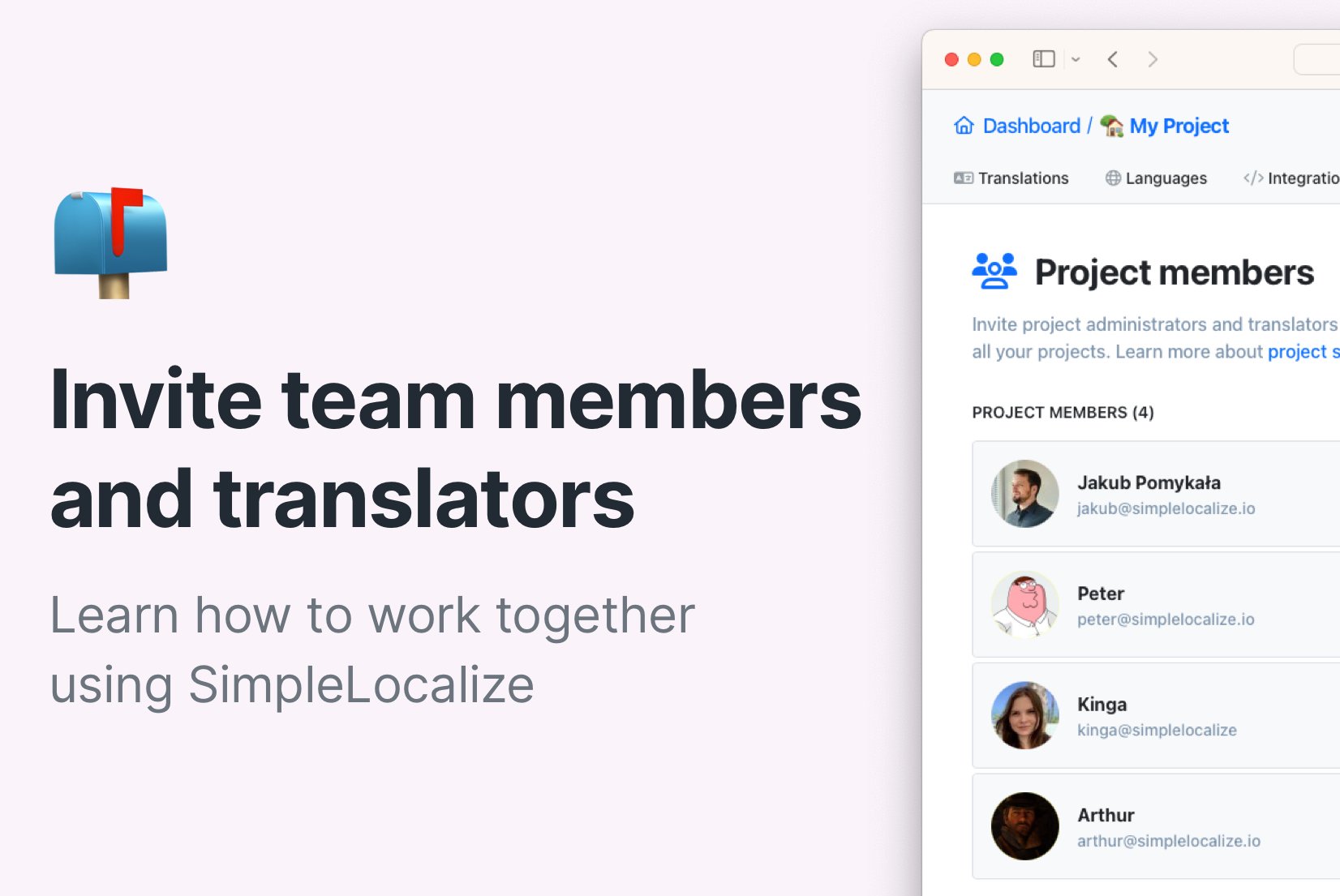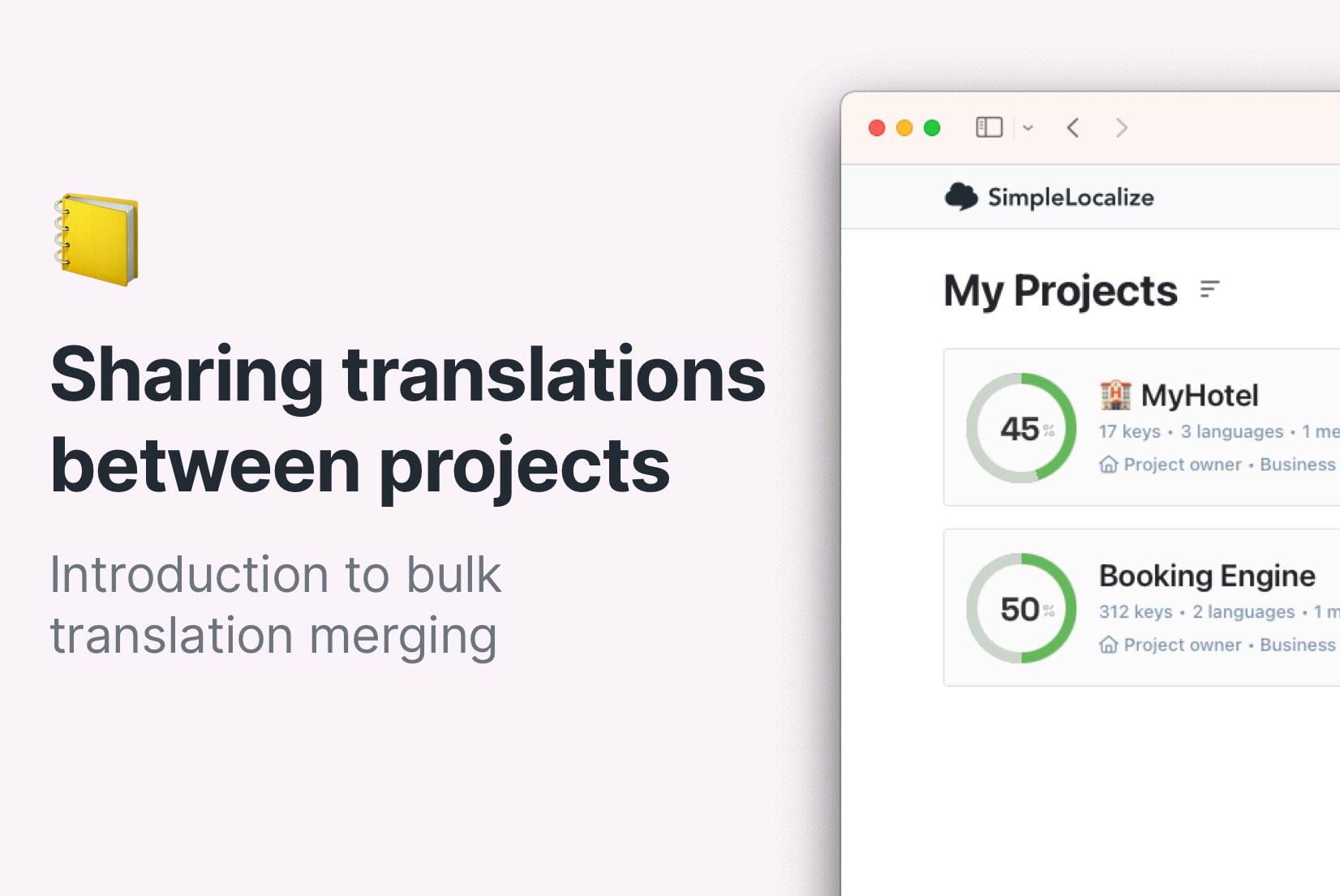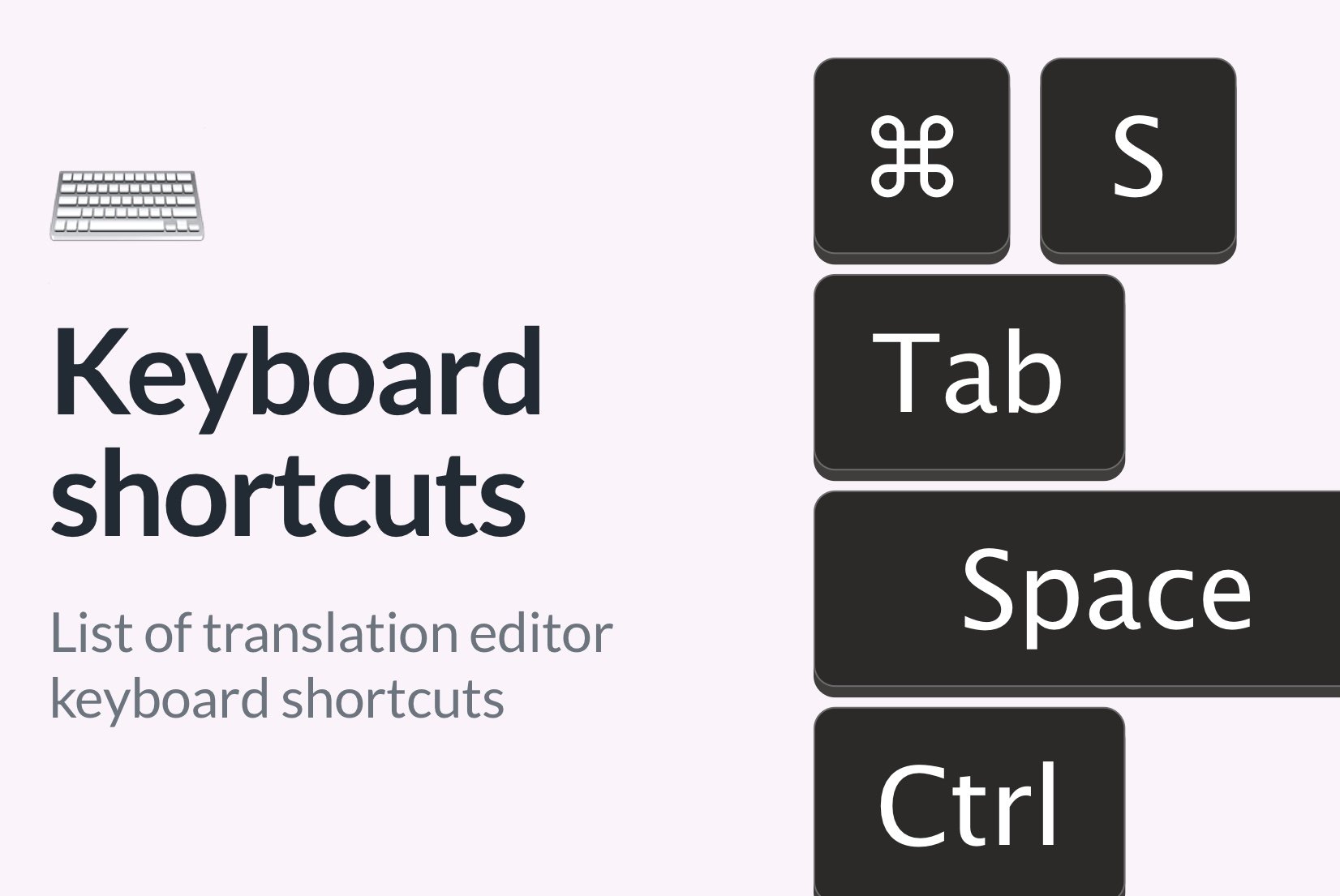4 app categories that need multi-language support
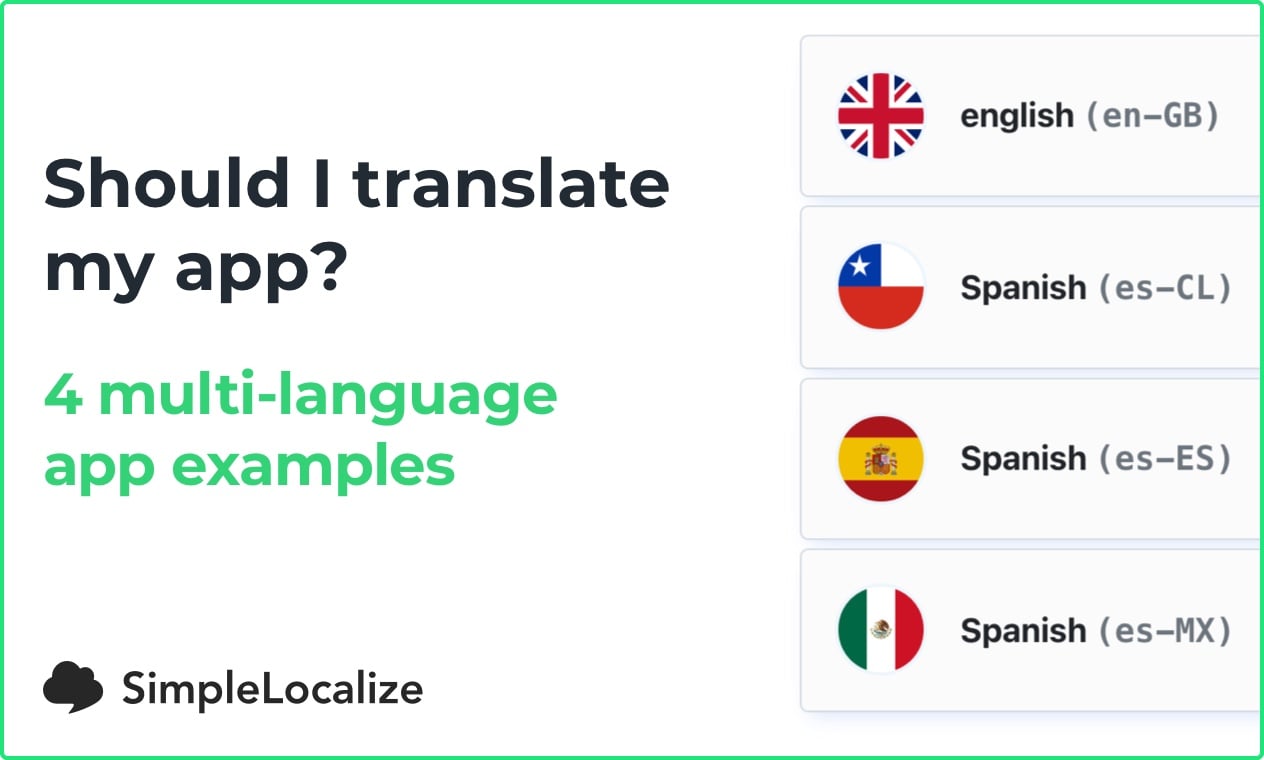
Reaching global audience
Did you ever wonder which apps need translation management because handling translated content is time-consuming? Especially when you provide more than 2 languages! Continuous changes in-app translation can take a lot of resources of your team, and at some point, everybody will stop carrying about all languages except the default one. How to stop wasting resources on app translation, and still provide high-quality translations?
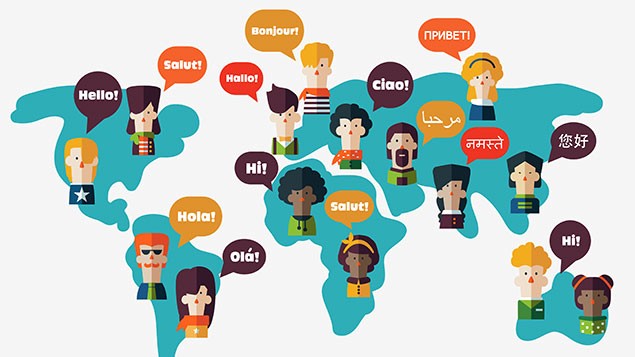
1. Travel apps
Travel apps need content translation to reach a global audience. A good example is our second project called PlaceFlare with hand-picked places from a few countries like Italy, Great Britain, Spain, Czech Republic, and Poland. The app contains about ~250 unique translation keys, which are gathered from the application source code using SimpleLocalize CLI. All keys are transferred to the SimpleLocalize Web Editor where everything can be translated by native speakers and volunteers. When they finish work, somebody (translator or project admin) can publish changes and voilà! Everything is done, there is no need for re-deploying the app or re-building the project. Translations are fetched in real-time from the SimpleLocalize CDN, where all translations sit.
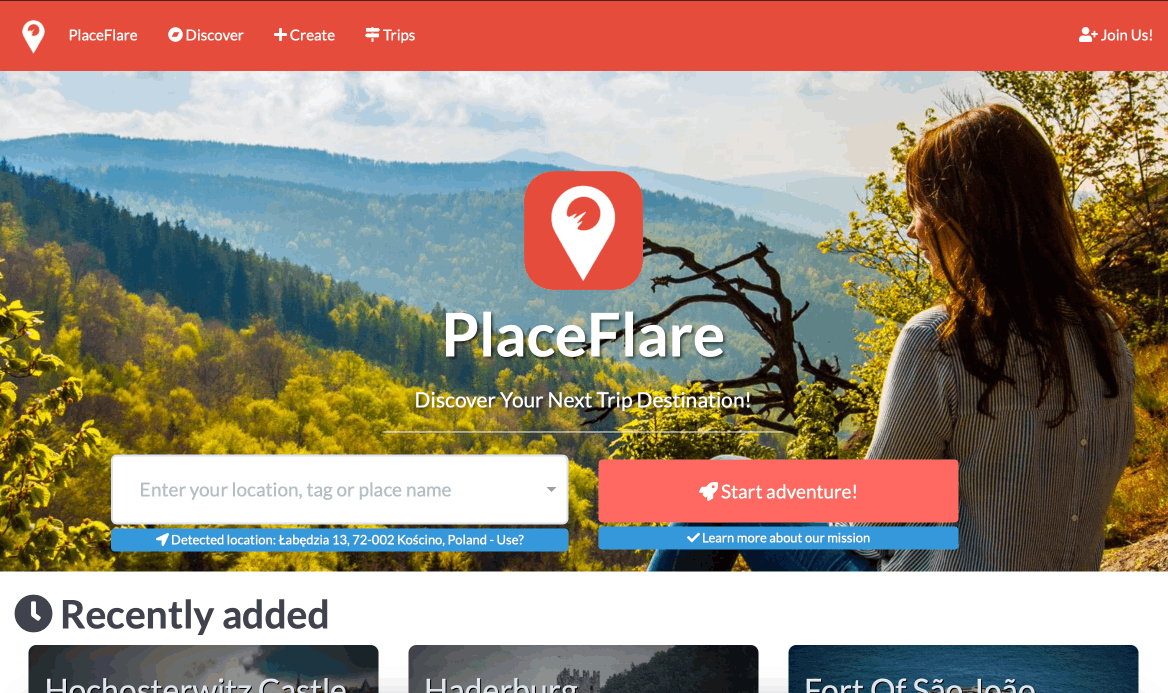
2. eCommerce apps
The global market is one of the best things which gave us access to the Internet. Buying stuff has never been easier, you can be based in Eastern Europe and sell your products to the locals, or the next day you will get an order from Brazil. What stops your clients more from buying your products online than long-distance? Fear that they will fill up the order form wrong, and they will lose money. They will return to your page many times thinking about buying from you, and on the second screen, they will be looking for local stores. What can you do with it? Make them confident that in case of a problem, they will be able to get help from you. Being a professional seller with a global audience gives you many benefits.

Many online shops have great translations, and they are perfectly faking that they are local stores. The client will notice that it's not the local store, only then when he will get the package. Numerous online shops and retail stores offer from 4 to 20 languages for visitors.
3. SEO systems
If you are providing SEO service, you know the best that application which is available for your customers in native language converts much better than the others. Many professional tools have at least 5 languages to choose from because SEO tools are the kind of services that are used globally to increase the audience. Not every SEO expert or SEO novice knows English perfectly to understand how your search engine optimization app will work for him. He/she will be familiar with the basic words, but to explain them more you will need translation management.
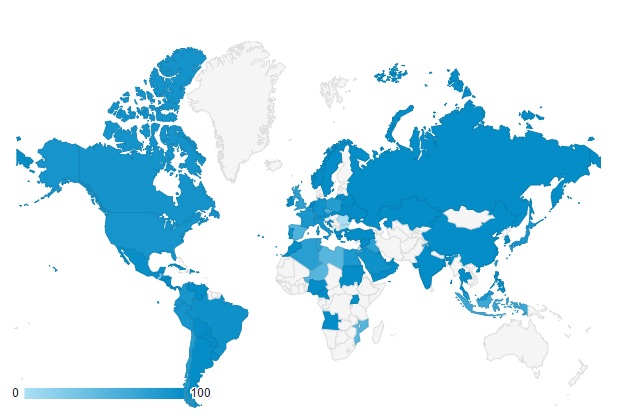
I'm sure you heard about ahrefs we are also using this tool. Currently, the app supports 13 languages! Wow! Maybe this is the reason the page is so popular among SEO experts!
4. Business products
The most important apps need to be translated and have high-quality translations. Mobile and web systems must be translated by humans to achieve the best possible explanation. Specialized vocabulary which occurs in such systems should be consistent with the other business apps. If the potential client won't find words which he is familiar in your system or landing page, then he may leave your page. Try to reach native speakers to get the best possible translation.
Another way is to check your competitor's page and try to match words, so your potential clients will know that they are on the right page. Most of our clients support more than 18 languages in their apps. A good starting point should be at least 5 languages which include: English, French, Italian, Spanish, and German. In many cases, you will also want to support your language. Selling service on your local market is always a little easier than going global right away.

Example business apps with translation management systems
A good example of business apps:
- Translation agency Luisa.ee from Estonia supports 5 languages on their site,
- VendingMetrics is the vending company that provides mobile, and web app both of them provides 5 languages to choose,
- Estonian startup Getid.ee which provides fast identity verification for global businesses,
- ReactJS documentation supports more than 20 languages. Every documentation page has an individual GitHub repository where people are translating content.
- Nederland company print.com that lets you order every print product at lightning speed!
Conclusions
The rule of thumb on deciding if an app needs multi-language support is simple. If your app is targeted to people who are not very technical, then you should consider adding multi-language support. What if you don't have time or resources to translate the content right away? It's simple! There are libraries like FormatJS provides an option to display default content. Using FormatJS you can determine the translation key which you will use in the future, and the default language value for now if translation won't be found. You don't have to use any other external tool to do it.
An excellent approach is to add i18n support, even if you don't plan to add more languages now. Such an approach will help you in the future in adding the next languages effortlessly. Not using specialized tools right away may cause that your application will suffer from unprofessional and 'partial' translation. Developers often forget to add a special piece of code to use translated content someplace.
